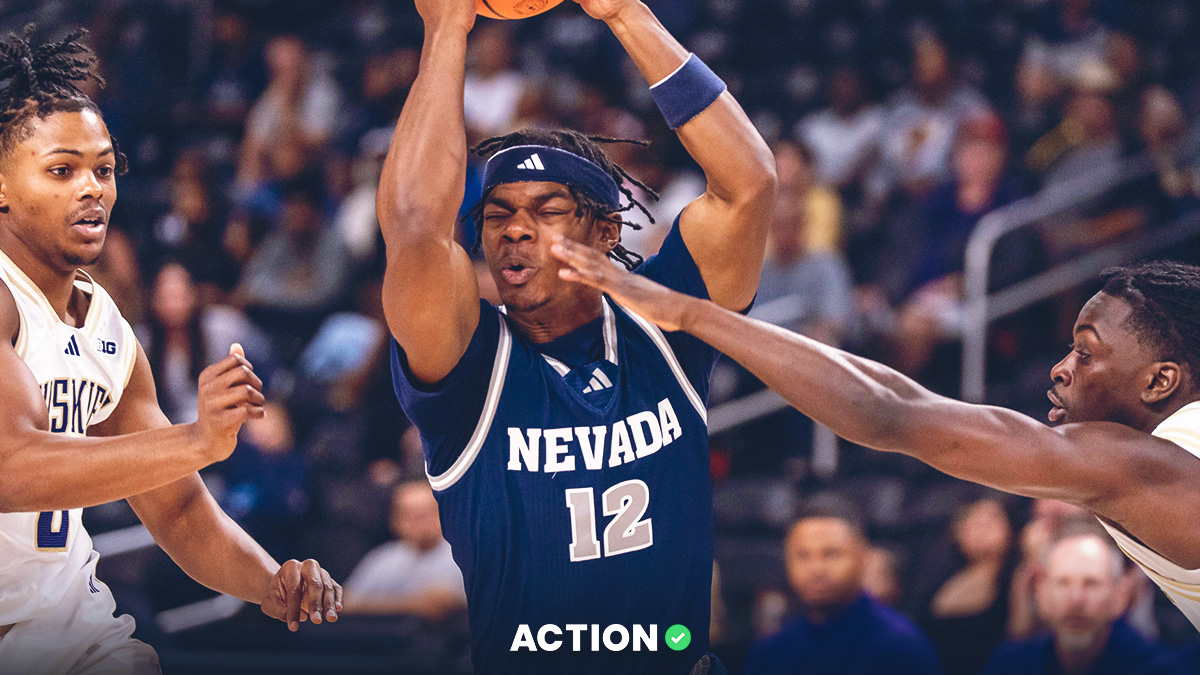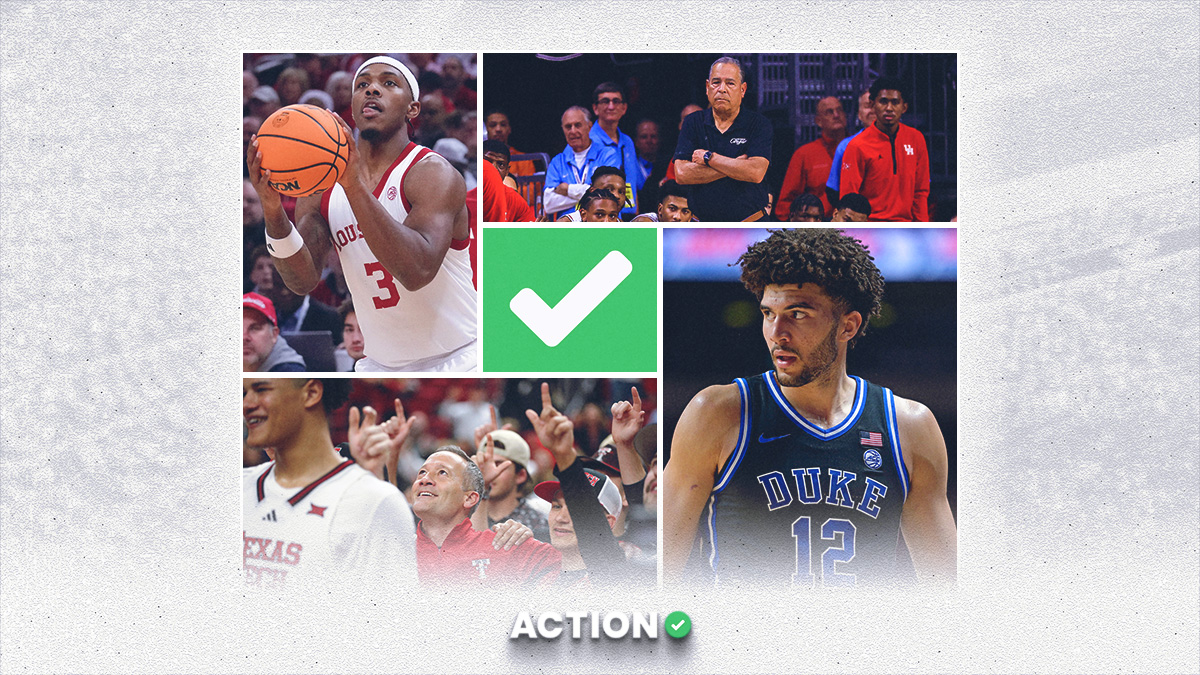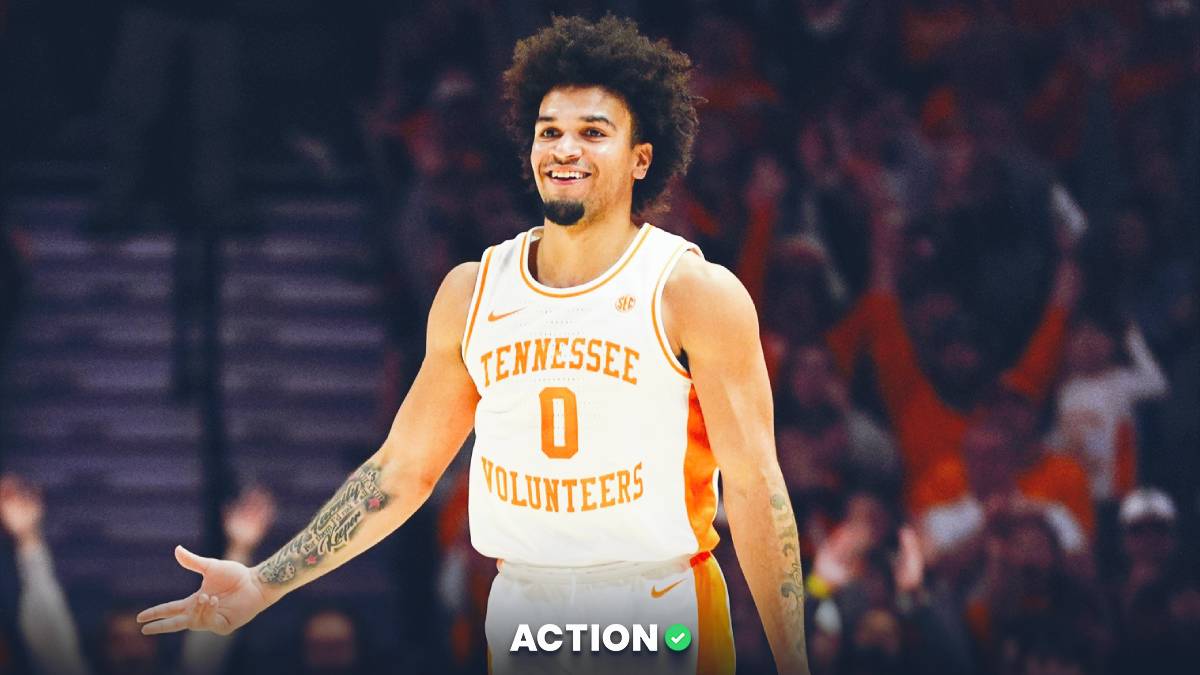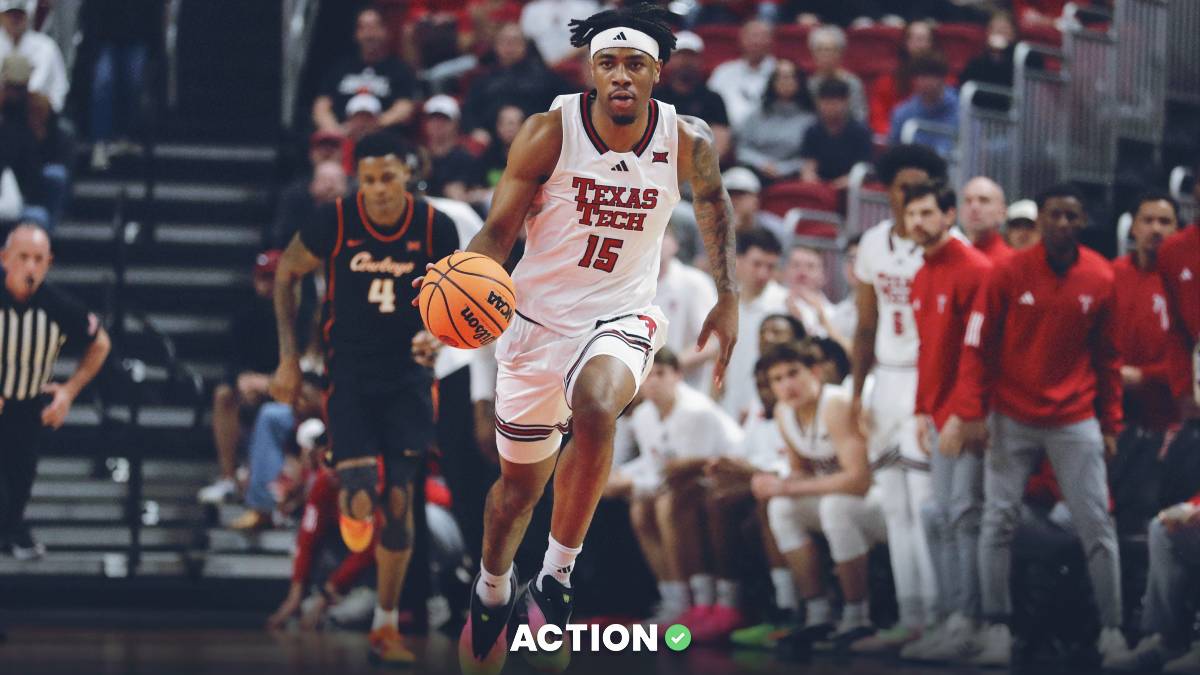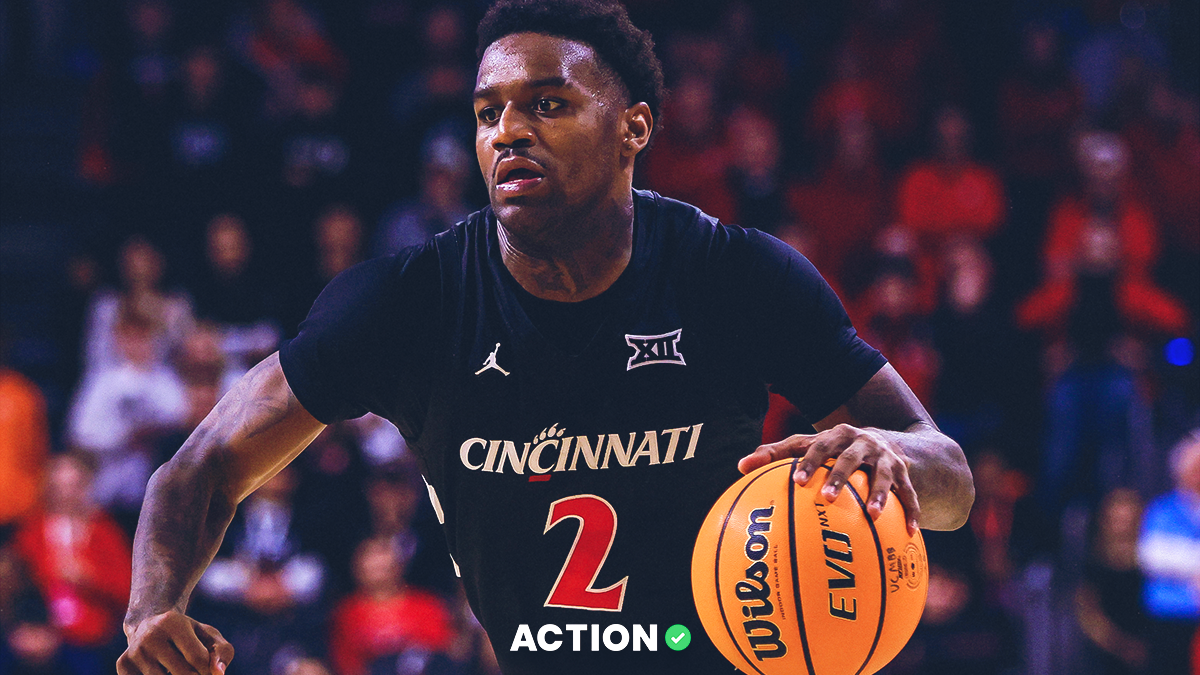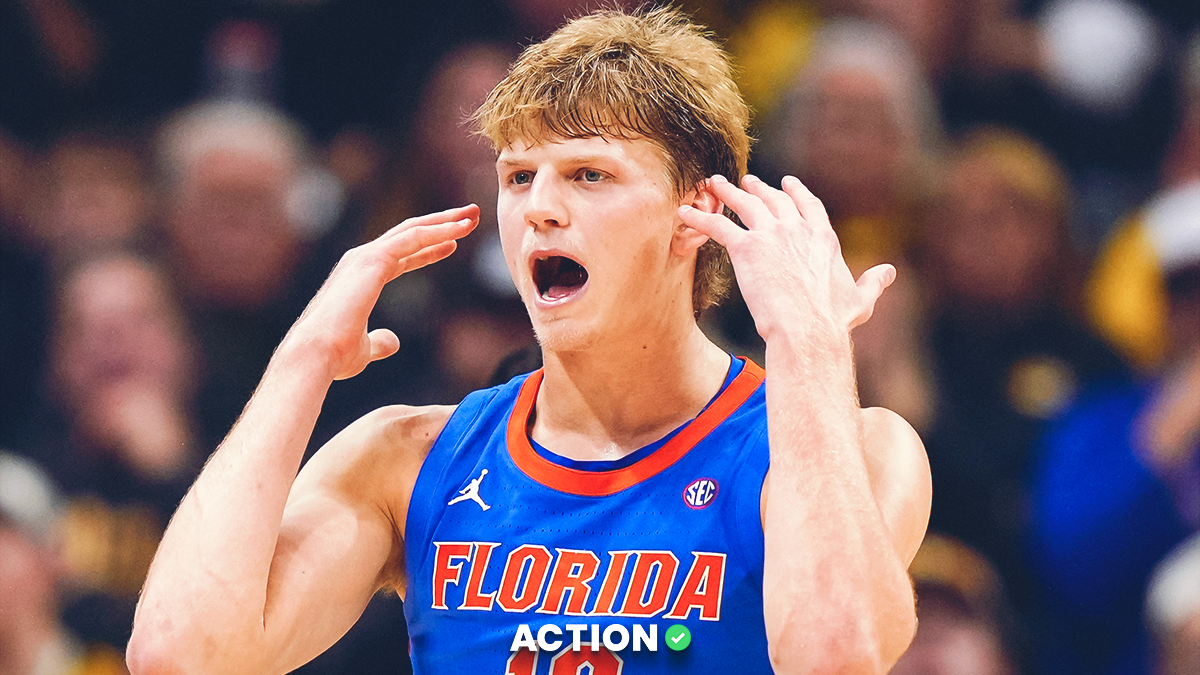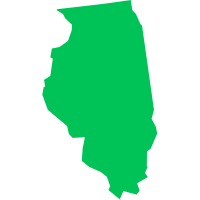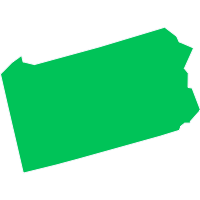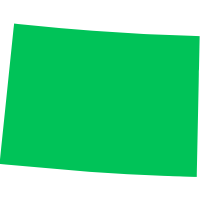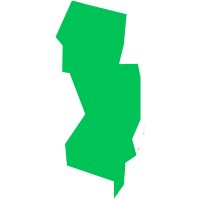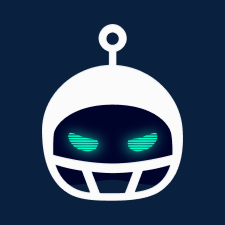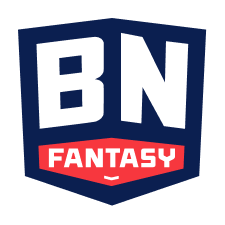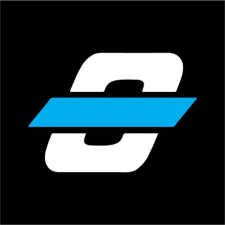1. Will Mike Daum(inator) average 30 points per game? It's entirely possible. His combination of efficient post play and unguardability on the perimeter for his size (especially in mid-major basketball) means he could have an absolutely monster junior season.
2. With IUPUI leaving, the league is down to eight teams, which is actually better for the hellish travel the Summit teams endure. I'm sure the league will be looking to bump up to 10 if possible for natural travel partners.
3. The league as a whole has a lot of returning talent. Can a Denver, South Dakota or Fort Wayne finally crack the SDSU/NDSU dominance?
4. Longtime Scott Drew assistant Paul Mills is the only new coach in the league this year, replacing (I think prematurely) Scott Sutton at Oral Roberts. Mills knows how to work with frontcourts, and ORU has arguably the league's best outside of SDSU.
PREDICTED ORDER OF FINISH:
1. South Dakota State– The aforementioned Daum almost singlehandedly makes the defending Summit champs the team to beat in 17-18. Simply put, no one in the league can guard his inside/outside versatility. Second-year head coach TJ Otzelberger's tenure in Brookings got off to a less than ideal start, and the Jacks were sitting at 2-6 in league play halfway through the Summit season. From there they largely abandoned an ineffective 1-3-1 zone (the Jacks still allowed the third highest 3 point attempt rate in the country) and, led by Tevin King's inspired on-ball perimeter ball hawking, the defense greatly improved en route to another Summit title run. Those early-season issues shouldn't be as much of a concern in Otzelberger's second season, but depth behind Daum and a few question marks in the backcourt will be. Daum and senior Ian Theisen comprise the frontcourt, but any injury or foul trouble will expose a severe lack of depth down low. The "key" (pun intended) in the backcourt will be JUCO transfer Brandon Key, who should take over point guard duties immediately. Key is a natural penetrator, something SDSU lacked last year, and he should open up the floor even more for a team that really spreads defenses out in general with Daum's versatility and 6-foot-7 Reed Tellinghuisen on the wing. King and his defensive prowess will also return in the backcourt, as will Skyler Flatten, Lane Severyn and Chris Howell, who finished the year with a flurry of scoring that directly correlated to SDSU's strong finish to the season. Howell is the lone wing capable of creating his own offense and should be a poised for a breakout year. Freshman point guard David Jenkins Jr. was the other big recruiting score for Otzelberger in the offseason, and he should contribute in the backcourt immediately with Key as another sharpshooter. The offense will once again be the most efficient in the league thanks to the unstoppable versatility of Daum, but will the defense improve enough to keep SDSU at the top?
2. South Dakota– Craig Smith did a phenomenal job in his third season in Vermillion, coaching the Coyotes to a regular season title. USD was arguably the only team in the Summit that played consistent man-to-man team defense nightly, and that should allow them to be right in contention for another title; the return of Matt Mooney, a high-scoring off guard who can shoot and get to the free throw with regularity, should also be a significant help. Outside of Mooney, Carlton Hurst (a defensive stopper) and Trey Burch-Manning (an undersized powerhouse at the 4), Smith will be relying on Nebraska grad transfer Nick Fuller (Smith has proven to be a master manipulator of the transfer wire) and juniors Dan Jech and Tyler Hagedorn to offset the loss of Tyler Flack in the frontcourt, and sophomore Triston Simpson to take over the point from departed Trey Dickerson. Simpson's role as a "true point" isn't particularly necessary in Smith's fairly unique high motion offense that relies on some of the best spacing I've seen in mid-majordom to create wide open driving lanes. Plus, if Simpson is struggling to pick things up, Smith can go to versatile wing Tyler Peterson on the ball. 6-foot-6 freshman Stanley Umude is a perfect fit in Smith's system with his versatility and could also see minutes on the ball. Regardless, the ball will end up in Mooney's hands, who was fifth in usage and third in shot rate in Summit play. The USD defense should once again be the best in the league, but the offense is still missing a few key pieces, namely a floor stretcher in Smith's motion, to keep up with the Dauminator a few hours away on I-29.
3. North Dakota State– The crux of Dave Richman's NDSU team is his trio of long, talented 6-foot-6 2/3 hybrids. Led by 6-foot-6 Paul Miller, the Bison wing corps is a matchup nightmare for smaller Summit backcourts. Miller can shoot it and put it on the floor; he's a true three-level scorer. 6-foot-6 A.J. Jacobson is an even better shooter than Miller with a slightly higher free throw rate, he just isn't used as much. 6-foot-6 sophomore Tyson Ward is the breakout candidate of the three after shooting 44 percent from 3-point range in league play in his debut season, and he's the best defender of the group. There are some glaring holes for Richman to fill, though, as the transfer of Khy Kabellis leaves him without a point guard, and replacing Dexter Werner in the frontcourt is probably an impossible task. To fill the point role, Richman will be looking at redshirt freshman Cameron Hunter and a pair of JUCOs, Nnamdi van Dulm and Chris Quayle. Replacing the hyper efficient Werner in the frontcourt will also be a committee job, as versatile Deng Gue, Spencer Eliason and Dylan Miller will all need to contribute. The one thing NDSU has working in their favor that few Summit teams possess is the ability to improve defensively this year. In a league that shoots and makes a lot of 3-pointers, the ability to use three 6-foot-6 defenders on the perimeter is a decided defensive advantage.
4. Fort Wayne– You know what you're going to get with the Mastodons. The offense is capable of beating anyone in the conference, and when they're on, they can even beat a certain Big Ten team I've been known to root for. The defense, however, is bad enough that they can lose to anyone in the league – see home loss to WIU and at IUPUI. Jon Coffman's offense is simple but effective – if you have an open shot, take it. Despite the loss of outstanding point guard Mo Evans, the roster is still loaded with offensive talent, particularly the lethally efficient Jon Konchar. Konchar's KenPom line in league play is ridiculous. Here are the highlights: 139 ORtg, first in true shooting and effective field percentages, fourth in defensive rebounding rate (at 6-foot-5), seventh in assist rate, 10th in steal rate, 61 percent from two and a comical 60 percent from 3-point range. Replacing Evans at the point will be Bryson Scott, who won't be the distributor Evans was, but he'll be able to open up the floor more effectively with his penetration and kick to Konchar and Kason Harrell, another lethal shooter on the perimeter. Freshmen Chris Rollins and Matt Weir not only provide backcourt depth for Coffman, but both are comfortable on the ball and will allow Scott to move over in four guard sets, which Coffman uses a lot with Konchar at the 4. The frontcourt is going to be a major issue for the Dons again. Xzavier Taylor wasn't effective offensively or on the glass after coming over from Bradley, but he's still Coffman's best option as a rim protector. Coffman's up-tempo, shoot first ask questions later offense will once again be among the best in the league, but I don't necessarily see a significant improvement defensively coming. The good news for the Dons is that that statement is applicable to basically every team in the league.
5. Denver– Rodney Billups' first season in Denver has to be viewed as a success, and with every key piece besides CJ Bobbitt returning, the Pioneers should certainly be in contention in the Summit. Billups is on the record as wanting to push the pace as much as possible, but there are still certain roster limitations in terms of athleticism that are probably going to keep Billups from truly playing at his preferred speed. It's something of a catch-22 from Billups. It's typically a luxury to have such a veteran team, but it's a veteran team that isn't his, and more poignantly, it's a roster built to play the polar opposite of fast. Former coach Joe Scott recruited to his strict Princeton style offense, which often devalued athleticism in favor of fitting into the system. In turn, that meant that Scott played almost exclusively a matchup zone on the other end to mask those athleticism limitations. Billups is a man-to-man coach, but this team simply isn't built to match up man to man (especially in the backcourt and wings). Last year it helped in part explain Daniel Amigo's high foul rate – he was too busy trying to erase blow-bys on dribble penetration. Amazingly, the Pios were a top-half Summit defense despite allowing 1.12 points per possession in league play. Basically no one in the league played defense, and that's evidenced by the league topping all conferences in efficiency rating and effective field goal percentage. Now, I should probably put a few things in perspective after all this talk of Billups increasing the tempo. He did speed up the offense by roughly seven possessions from Scott's last season, but that was still the slowest in the league at just under 70 possessions. That said, the Summit is the fastest league in the country, and with the roster another year removed from the methodical Princeton offense, the pace should increase by a few more possessions this year. Billups' offense will revolve around Amigo as long as he's on the floor. Amigo was second in the Summit in usage and shot rate and still displayed the outstanding interior passing that drew Scott to him in the first place. Amigo is joined in the frontcourt by undersized rebounder Christian Mackey and pair of stretch 4s in Jake Krafka and freshman Donoven Carlisle. The backcourt is headed by Joe Rosga and Jake Pemberton, with Rosga being the lethal shooting option and Pemberton more of the distributor and easily Billups' best perimeter defender. The wing corp consists of Thomas Neff and Ade Murkey. Murkey possesses the athleticism that Billups is looking for more of, while Neff is an accurate spot shooter. Look for Eli Blake and Elvin Rodriguez to see immediate minutes in the backcourt as freshmen, as they're the only "Billups guys" on the roster. Denver will have as much minutes continuity as anyone in the country, but they'll need to show more consistency adjusting to a totally new scheme in Billups' second season.
6. Oral Roberts– A new era begins in Tulsa with Paul Mills taking over for long time ORU head coach Scott Sutton, who I think was shown the door a little too quickly after a few down years. Regardless, Mills appears to be a solid hire out of Baylor, and the transition to his style and schemes should be relatively painless given the returning personnel on ORU's roster. Mills knows how to coach bigs, and he'll always place a high emphasis on offensive rebounding. The good news is that ORU has one of the best frontcourts in the league and should adapt well to the old Bill Evans 1-1-3 zone that Scott Drew uses at Baylor and Mills will in all liklihood bring with him to Tulsa. The frontcourt is paced by A.J. Owens, one of the best true post scorers in the league. Owens will likely improve his rebounding numbers dramatically under Mills. 6-foot-10 Javan White returns from an ACL injury and should be the key in the middle of the 1-1-3. The other big piece in the frontcourt is Emmanuel Nzekwesi, whom Mills wants to stretch out to the perimeter more. Nzekwesi is an outstanding rebounder but has to improve his shooting and efficiency offensively if he's truly going to play at the 3. The backcourt is an entirely new unit with the exception of Jontray Harris, a 6-foot-4 wing whose extreme athleticism hasn't quite translated on the court yet. Austin Ruder comes in from Missouri State and will immediately be Mills' best shooter on the perimeter. The point guard position is totally up in the air, but JUCOs James Conley and Sam Kearns, along with freshman RJ Fuqua (son of Richard Fuqua, ORU's second all-time leading scorer) will all likely share time on the ball. The Eagles were bad offensively and even worse defensively last year, but with Mills' emphasis on offensive rebounding and a unique zone the league is mostly unfamiliar with, ORU could surprise some teams.
7. Omaha– Unfortunately for Derrin Hansen, I think the Mavs missed their window for an NCAA Tournament berth. They were within a heartbeat of knocking off SDSU in last year's Summit final, but now Hansen has to replace Tra-Deon Hollins, Marcus Tyus and Tre'Shawn Thurman, easily his three best players. To be clear, there is no replacing a player like Hollins, who was one of the best on-ball pressure defenders in the entire country and an outstanding distributor offensively. The strength of this year's team is the wing corps, but that doesn't mean Hansen is going to relent with high pressure man-to-man defense and breakneck tempo. (The Mavs have been a top-10 tempo team every year they've been in D1.) Zach Jackson, Mitch Hahn and Renard Suggs will provide nearly all of Omaha's offense this year. Jackson is a potent slasher with a lethal jump shot, hitting at 47 percent from 3-point range in Summit play. Hahn is a stretch 4 who draws a lot of contact in the paint in addition to hitting 45 percent of his 3-pointers, while Renard Suggs can be a volume scorer out of Wazzu in Hansen's system. Replacing Thurman's glass work in the frontcourt will be a concern, as he initiated the break off misses. Freshman Matt Pile and Eastern Michigan transfer Lamar Wofford-Humphrey are the most likely candidates for minutes in that role. Who will run Hansen's downhill attack is the other looming question, and I would guess freshman Ayo Akinwole is the most likely candidate to try to fill Hollins' shoes with sophomore KJ Robinson seeing minutes as well. Off the ball, Daniel Norl and JT Gibson are veteran shooters who are familiar with Hansen's transition-heavy offense.
8. Western Illinois– It's probably going to be another long year in Macomb for Billy Wright, as the Leathernecks have to replace high-scoring Garret Covington and stretch 4 Mike Miklusak. Both were key pieces in Wright's 3-point reliant offense, and without them, more defensive focus will be placed on leading returning scorer Dalan Ancrum, who probably won't shoot 53 percent from 3-point range again with an expanded role. Wright should be able to maintain his penetrate-and-kick offense with two starting point guards in veteran Delo Bruster and freshman Kobe Webster out of Park Tudor in Indy. C.J. Duff off the ball could turn into WIU's leading scorer this year, as he has a more well-rounded skill set than Ancrum. Center Brandon Gilbeck returns as an elite shot blocker, posting the third-highest block rate in the country last year. He also fouled out in four out of the last five contests, all close losses for WIU. Gilbeck is an efficient offensive threat in the paint, but he's not an option in Wright's motion offense, and he settles for most of his points via putback from the plethora of 3-point attempts. Even without Covington and Miklusak, the Leathernecks should continue to be one of the better shooting teams in the country (27th nationally), but they're just not on the same talent level as other Summit teams, especially on the wing.
FINAL OUTLOOK: The Summit race is fairly wide open, but with the Dauminator back, I can't look past the Jacks. USD, NDSU, Fort Wayne and Denver are all CIT/CBI/Vegas Whatever candidates.
SUMMIT PLAYER OF THE YEAR: Mike Daum, South Dakota St
ALL SUMMIT FIRST TEAM:
Mike Daum, South Dakota St
Paul Miller, North Dakota St
John Konchar, Fort Wayne
Daniel Amigo, Denver
Matt Mooney, South Dakota
ALL SUMMIT SECOND TEAM:
Joe Rosga, Denver
Albert Owens, Oral Roberts
Reed Tellinghuisen, South Dakota St
Bryson Scott, Fort Wayne
Renard Suggs, Omaha
Be part of the Action
Download the Sports Action app at the App Store or Google Play



